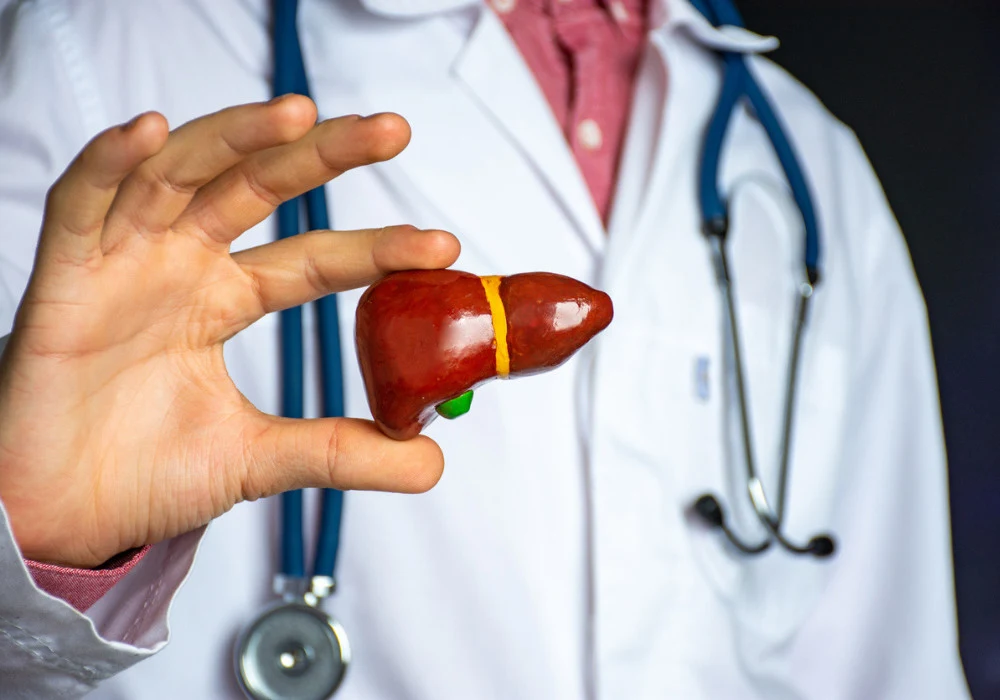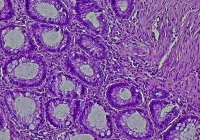Hepatocellular carcinoma (HCC) is a prevalent malignancy and a leading cause of cancer-related mortality worldwide. Despite curative interventions like hepatectomy and liver transplantation, recurrence rates remain high, with microvascular invasion (MVI) serving as a critical prognostic marker. Current methods to determine MVI rely on postoperative pathology, which is invasive and carries inherent risks. The ability to predict MVI and early recurrence (ER) non-invasively through magnetic resonance imaging (MRI) could significantly enhance treatment planning. A recent study published in Academic Radiology investigated the efficacy of DeepLab V3+, an advanced deep learning model, for automated tumour segmentation in MRI and explores a decision fusion approach to predict MVI and ER in HCC patients.Automated Tumour Segmentation Using DeepLab V3+
The retrospective study included 209 HCC patients who underwent preoperative MRI and surgical resection. Patients were assigned to training (n = 146) and test (n = 63) cohorts. The DeepLab V3+ model was trained on arterial phase MR images due to their clear tumour boundary visibility. Pre-processing steps included bias field correction, intensity normalisation and resampling. Data augmentation techniques were used to improve model robustness. A radiologist manually segmented tumours for model training and comparison. Intraclass correlation coefficients (ICCs) assessed the consistency between manual and automated segmentation.
The DeepLab V3+ model used an encoder-decoder structure to extract and reconstruct multiscale features. The ASPP module enhanced the ability to capture heterogeneous tumour regions. Evaluation metrics included Dice Loss and F1 score. High ICCs (0.802–0.999) were achieved for radiomics (Rad) and deep learning (DL) features, demonstrating excellent agreement with manual delineation. Spearman’s correlation and Bland–Altman plots confirmed that tumour volumes estimated by the model closely matched manual volumes. These results validate the model’s accuracy and reproducibility in segmenting liver tumours.
Predictive Modelling for Microvascular Invasion
Building upon automated segmentation, the study extracted quantitative imaging features from intratumoural and peritumoural regions at varying distances (3 mm, 5 mm and 10 mm) using the PyRadiomics package. A Gaussian mixture model was employed to identify subregions with similar feature characteristics. Features were filtered using ICC, Pearson correlation coefficient and recursive feature elimination. This process led to the construction of three single-modality models: clinicoradiological (CR), radiomics (Rad) and deep learning (DL). In addition, feature fusion and decision fusion models were developed using six machine-learning classifiers, including logistic regression (LR), support vector machine (SVM) and XGBoost (XGB).
Must Read: Consensus Imaging Guidelines for HCC Treatment
The decision fusion model using the VOI-Peri10–2 region and LR classifier yielded the highest predictive performance, with AUCs of 0.968 in the training cohort and 0.878 in the test cohort. A diagnostic nomogram integrating predictive probabilities from CR, Rad and DL features was developed, showing strong calibration and decision curve utility. The risk score used in the nomogram was derived from weighted contributions of the three modalities. This composite approach significantly outperformed individual models and demonstrated the advantage of multifeature integration in MVI prediction.
Stratifying Early Recurrence Risk
The study extended its analysis to evaluate early recurrence (ER) of HCC within two years of surgery. Patients were followed every three to six months and categorised into recurrence and non-recurrence groups. Univariate and multivariate logistic regression analyses identified tumour size, non-smooth tumour margin and MVI risk score as independent predictors of ER. Feature selection was performed using LASSO and the Boruta algorithm. These features were incorporated into a second nomogram to predict ER.
The ER nomogram achieved AUCs of 0.782 and 0.690 in the training and test cohorts, respectively. Calibration curves and decision curve analysis supported its predictive utility. Kaplan–Meier survival analysis showed that patients with higher nomogram scores had significantly lower two-year recurrence-free survival (RFS). The ability to stratify patients into high- and low-risk categories using this model underscores its clinical relevance. It allows clinicians to identify patients who may benefit from more aggressive monitoring or adjuvant therapy.
The study demonstrated that the DeepLab V3+ model offers a robust and efficient method for automated segmentation of HCC on arterial phase MRI. By accurately capturing intratumoural and peritumoural heterogeneity, it enables the extraction of reliable features for predictive modelling. The decision fusion model, combining clinicoradiological, radiomics and deep learning data, significantly improves preoperative prediction of microvascular invasion. Furthermore, the integration of MVI prediction with tumour morphological characteristics facilitates early recurrence risk assessment. The two diagnostic nomograms developed by the scientists provide valuable tools for personalising HCC management and improving patient outcomes. These findings support the incorporation of advanced AI-based segmentation and predictive models into clinical workflows for liver cancer care.
Source: Academic Radiology
Image Credit: iStock










